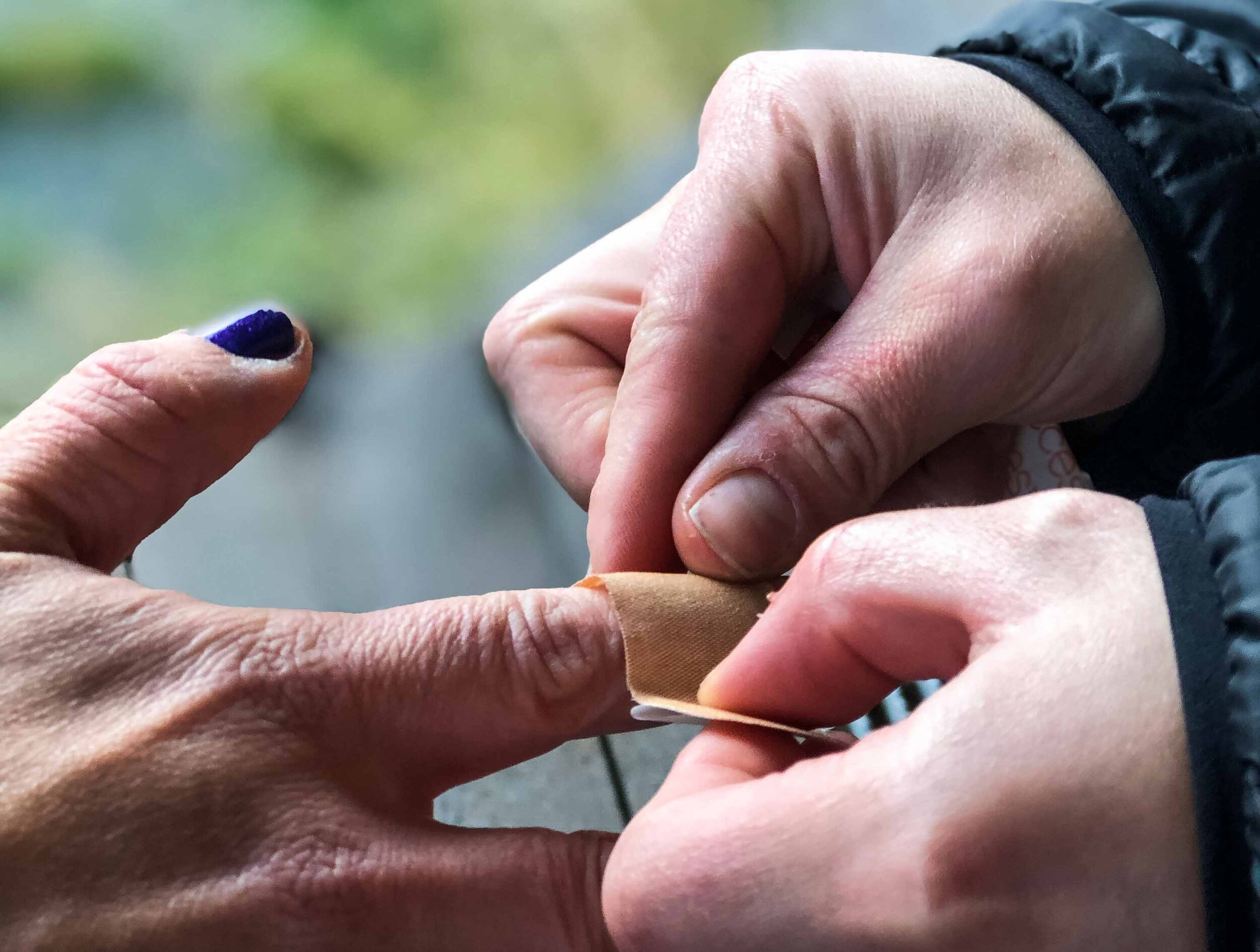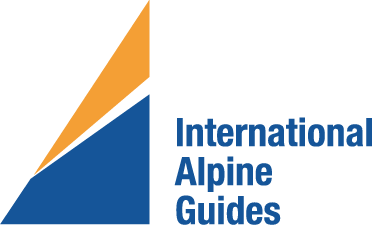Climbing Mt. Whitney in Winter
/Climbing Mt. Whitney is a goal of many hikers & climbers, and for good reason. At 14,505 feet It is of course the highest point in the continental United States. Every summer throngs of hikers, those who managed to win the lottery system for a permit, are to be found snaking their way up the famous Mt. Whitney trail. Climbing Mt. Whitney in the quiet winter months, however, is a far greater accomplishment than slogging up the trail in the dead of summer. The trail route on Mt. Whitney in the summer, which John Muir deemed appropriate “for the soft & succulent”, does not even compare to the challenge of a Whitney winter ascent.
winter alpenglow on mt. whitney and the needles
First off, the regular Whitney trail route is not the preferred winter route due to the fact that there simply is no trail. It is buried under many feet of snow and the route the trail takes is longer and more exposed to winter hazards than the better option…the mountaineer’s route. First climbed by none other than John Muir, The mountaineer’s route up the North Fork of Lone Pine Creek on Mt. Whitney is shorter in distance and a little bit less prone to avalanche hazard than the trail route, but it does require solid mountaineering and winter travel skills.
The mountaineers route on Mt. Whitney requires the use of snowshoes, ice axe and crampons and, more importantly, the knowledge on how to use them safely. The route also goes through sections of avalanche terrain which requires one to be able to evaluate the stability of the snow and know when it is safe to travel. You also need to carry avalanche safety gear such as an avalanche beacon, lightweight backcountry snow shovel and avalanche probe. And of course, this gear is almost worthless without knowing how to use them properly and conduct an avalanche rescue. Having been through an AIARE avalanche 1 course would be the standard training anyone venturing into avalanche terrain in the winter on their own should have.
Winter mountaineering camping skills and winter camping equipment, along with proper winter clothing, are essential also. Temperatures can easily dip to subzero above 11,000 feet in the Sierra Nevada in the dead of winter. And then there’s the winter storms that bring with them very high winds that sweep Mt. Whitney during the winter months. Knowing all the soft skills such as proper camp setup, staying warm, melting snow for water and how to dry out wet clothes are key to your safety and enjoyment.
winter camp at lower boy scout lake
Have I talked you out of it yet? Hopefully not, because with the proper knowledge, gear and preparation a Mt. Whitney winter ascent can be extremely rewarding. If you lack any of the above, but feel you have what it takes physically and mentally to take on such an endeavor, you can always hire the services of a professional mountain guide (more on that later). Without these skills, or the company of a professional, you just should not attempt a Mt. Whitney winter ascent.
Where you begin an ascent of Mt. Whitney in the winter months depends on how far the Whitney Portal road is open. But it’s best to plan on parking the car and strapping on the pack near the beginning of the first switchbacks on the Whitney Portal road at around 6600 feet. Once arriving at a deserted and snowbound Whitney Portal, things get real. The route beyond the Portal steepens and enters the narrow drainage of the North Fork of Lone Pine Creek. Depending on the current snowpack, snowshoes may be first needed from here. A heavy pack and occasional steep bushwhacking through this section can make one wonder what they’ve gotten themselves in to. Finally arriving at the flats around Lower Boy Scout Lake this is usually the best spot to toss off the packs and dig in to make the first night’s camp and take a well-deserved rest after a 3700-foot climb.
While it is possible to go for the summit of Mt. Whitney from Lower Boy Scout Lake, most parties will choose to bump their camp higher. It’s easy to underestimate how long it takes to travel through a winter snowpack in winter conditions. A good goal for the second day is a camp somewhere between Upper Boy Scout Lake and Iceberg Lake, or even Iceberg Lake itself. Either of these options put you in a good position for the Whitney summit bid. Above Upper Boy Scout Lake you enter the true alpine zone well above tree line where the effects of wind and winter storms are amplified. This is the zone where it is crucial to be on your game.
high on mt. whitney’s mountaineer’s route
Summit day on Mt. Whitney is where true climbing skills come into play. Above Iceberg Lake the route steepens in the mountaineer’s route couloir. Depending on snow conditions, ice axe and crampons may be needed in the initial 35-degree couloir which leads to a notch. From the notch it’s true climbing and the steepness increases substantially. There could also be water ice in this section and roped belayed travel commonly comes into play here. Just as the route gets to its steepest point it suddenly flattens out and there you are on the summit plateau, a short easy walk to the summit hut and register. The views are expansive all around from the Owens Valley 10,000 feet below you to the East to the Great Western Divide far off to the West.
the final climbing section before the summit plateau of mt. whitney
It’s also crucial to keep to a time plan on summit day and not get caught out in the dark between the summit and your camp. Once darkness sets in everything slows down and fatigue worsens. Best to always get back to the safety of your camp well before the sun goes down. And never climb into a worsening storm. But if you are caught out in a storm, having whiteout navigation skills and being good with map, compass and especially GPS is crucial to your safety.
After summit photos and a food break, it’s back down the way you came and back to camp for the night. The last day is all downhill back to your car where you leave the real world and enter civilization once again. All in all, a Mt. Whitney winter ascent is not easy, not always fun, and one of the most rewarding experiences you’ll ever have.
view from the summit of mt. whitney in the winter
Wilderness permits for Mt. Whitney are required all year but in the winter months from November 1st to May 1st there is no quota or lottery and permits can be picked up at the ranger station in Lone Pine. Climbing Mt. Whitney in winter with a professional mountain guide can add immensely to the enjoyment of your experience as well as your safety and success chances. And you can learn a lot for your future mountaineering trips as well. International Alpine Guides offers 4-day Mt. Whitney Winter Climbs from January through April.
by Dave Miller
Dave is an IFMGA internationally certified mountain guide and the owner/director of International Alpine Guides. He has guided major peaks around the world from the famous peaks in the Alps of Europe to the 22,800-foot summit of Aconcagua in South America. He has over 80 summits of Mount Whitney under his belt.

















































